Understanding Solar Power
Harnessing the power of the sun has been a topic of interest for centuries, and with advances in technology, this source of renewable energy is becoming more accessible and practical for everyday use. One of the applications that comes to mind is the possibility of running an oven on solar power.

Solar power operates on a simple principle: sunlight is converted into electricity. This is achieved through photovoltaic cells, commonly known as solar panels, which absorb sunlight and convert it into direct current (DC) electricity. An inverter then changes this DC electricity into alternating current (AC) electricity, which can be used to power appliances.
So, can you run an oven on solar power? The short answer is yes. However, the feasibility of this application depends on a range of factors, including the amount of sunlight available, the efficiency of the solar panels, and the power requirements of the oven.
The Basics of Solar Energy
Solar energy is a renewable and abundant source of power. It is harnessed through solar panels that convert sunlight into electricity. This electricity can be used to power a range of appliances, including ovens.
Running an oven on solar power involves a process known as solar cooking. This involves using the heat of the sun to cook food, either directly or by converting sunlight into electricity to power an oven. The feasibility of this process depends on a range of factors, including the intensity of the sunlight, the efficiency of the solar panels, and the power requirements of the oven.
Introduction to Solar Ovens
Solar ovens, also known as solar cookers, are devices that use the power of the sun to cook food. They operate on the principle of concentrating sunlight to generate heat. This heat is then used to cook food or boil water.
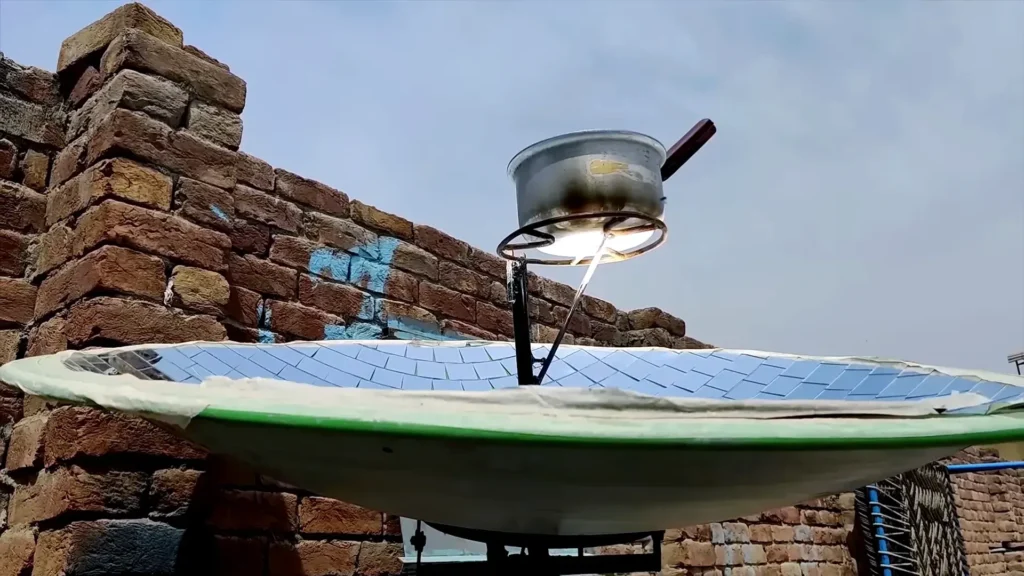
The mechanics behind solar ovens are relatively simple and operate on the principle of the greenhouse effect. Sunlight is absorbed by a dark surface inside the oven, which heats up and cooks the food. The heat is trapped inside the oven by a transparent cover, which allows sunlight in but prevents the heat from escaping.
Working Principle of Solar Ovens
The working principle of solar ovens is based on three key concepts: concentration, absorption, and retention of heat. Concentration involves focusing the sunlight onto a small area to increase its intensity. This is typically achieved through the use of reflective surfaces.
Absorption involves converting the concentrated sunlight into heat. This is achieved by using a dark-colored or black surface that absorbs the sunlight and converts it into heat.
Retention involves trapping the heat inside the oven to allow it to build up to cooking temperatures. This is achieved through the use of a transparent cover or an insulated box that prevents the heat from escaping.
Types of Solar Ovens
There are several types of solar ovens, each with its own advantages and disadvantages. The most common types include box cookers, panel cookers, and parabolic cookers.
Box cookers are the simplest type of solar oven. They consist of an insulated box with a transparent cover and reflective panels to concentrate sunlight into the box.
Panel cookers are similar to box cookers, but they use a series of reflective panels to concentrate sunlight onto a cooking pot located in the center of the cooker.
Parabolic cookers use a parabolic reflector to concentrate sunlight onto a small area, creating a high-intensity heat source that can reach temperatures of up to 400 degrees Fahrenheit.
Benefits of Using Solar Ovens
Using solar ovens offers several benefits. First and foremost, they are powered by a renewable and abundant source of energy, which makes them environmentally friendly. They also reduce dependence on fossil fuels and can help to lower energy bills.
Solar ovens are also safe to use since they do not produce any harmful emissions or create any fire hazards. They can be used in places where traditional cooking methods are not available, such as remote areas or during power outages.
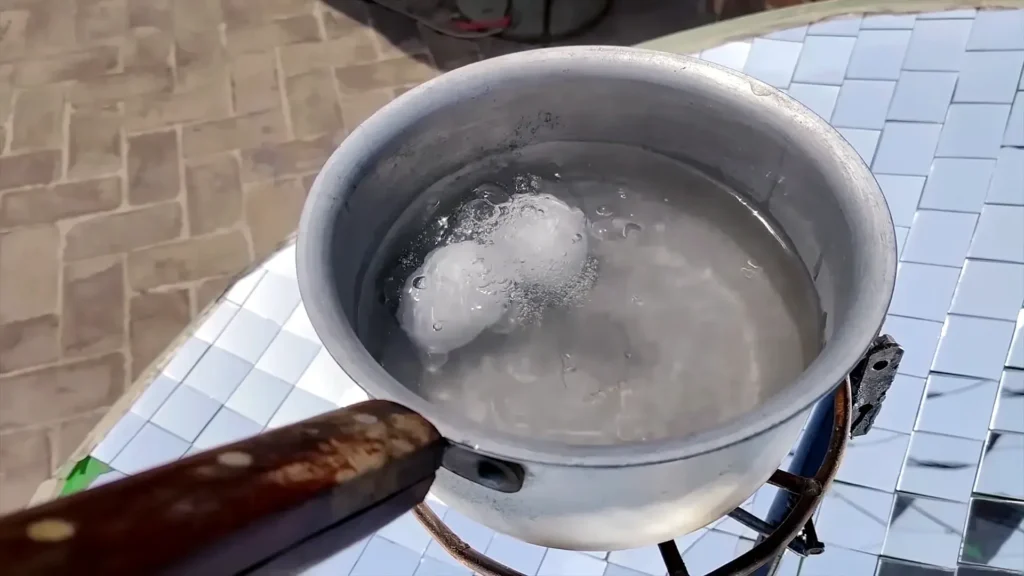
Limitations of Solar Ovens
Despite their benefits, solar ovens also have their limitations. One of the main limitations is their dependence on sunlight. This means that they cannot be used at night or during cloudy weather.
Another limitation is that solar ovens typically take longer to cook food than traditional ovens. This is because they rely on the heat of the sun, which can be variable and less intense than the heat produced by a traditional oven.
Efficiency of Solar Ovens
The efficiency of a solar oven depends on several factors, including the intensity of the sunlight, the design of the oven, and the type of food being cooked. Under ideal conditions, a well-designed solar oven can reach temperatures of up to 400 degrees Fahrenheit, which is sufficient for most cooking needs.
However, the cooking time is typically longer than that of a traditional oven. This is because the heat of the sun is less intense and more variable than the heat produced by a traditional oven.
Can You Really Cook with Solar Power?
Yes, you can cook with solar power. Solar ovens can be used to cook a wide range of foods, including bread, rice, vegetables, and meat. They can also be used to boil water and sterilize utensils.
The cooking process is similar to that of a slow cooker, with the food being cooked at a lower temperature for a longer period of time. This can result in food that is more flavorful and tender than food cooked in a traditional oven.
Examples of Solar Ovens in Use
Solar ovens are used in many parts of the world, particularly in developing countries where access to electricity is limited. They are also used in outdoor activities such as camping and picnicking, and in disaster relief situations where traditional cooking methods are not available.
There are many examples of successful solar cooking projects around the world. For instance, the Solar Cooking Project in Nepal has distributed thousands of solar ovens to rural communities, helping to reduce deforestation and improve health by eliminating the smoke produced by traditional cooking methods.
Making Your Own Solar Oven
Making your own solar oven can be a fun and educational project. All you need are a few simple materials, including a box, aluminum foil, a piece of glass or plastic, and some black paint.
The box serves as the body of the oven, the aluminum foil reflects sunlight into the box, the black paint absorbs the sunlight and converts it into heat, and the glass or plastic traps the heat inside the box.
Improving Efficiency of Solar Ovens
There are several ways to improve the efficiency of a solar oven. One way is to use a larger reflector to concentrate more sunlight into the oven. Another way is to use a better insulator to prevent heat loss from the oven.
Choosing the right cooking pot can also make a difference. Dark-colored pots with a matte finish are best because they absorb more sunlight and convert it into heat more efficiently than shiny or light-colored pots.
Solar Power vs Traditional Ovens
When comparing solar power with traditional ovens, it’s important to consider the energy efficiency of each method. Solar ovens are more energy-efficient than traditional ovens because they use a renewable source of energy and do not require any electricity or fuel.
However, solar ovens take longer to cook food and are dependent on the weather, which can make them less convenient than traditional ovens.
Solar Ovens and Sustainability
Solar ovens are a sustainable cooking solution that can help to reduce carbon emissions and dependence on fossil fuels. They are particularly useful in developing countries where access to electricity is limited and deforestation is a major concern.
By using solar power instead of wood or charcoal for cooking, we can help to preserve forests and reduce the amount of carbon dioxide released into the atmosphere.
Future of Solar Cooking
The future of solar cooking looks promising, with advances in technology making solar ovens more efficient and affordable. Scientists and engineers are developing new materials and designs that can capture and store solar energy more effectively, making it possible to cook with solar power even when the sun is not shining.
In conclusion, running an oven on solar power is not only possible but also offers numerous benefits, from energy savings to environmental sustainability. While there are limitations to consider, ongoing innovations continue to improve the efficiency and practicality of solar cooking, making it an increasingly viable option for the future.


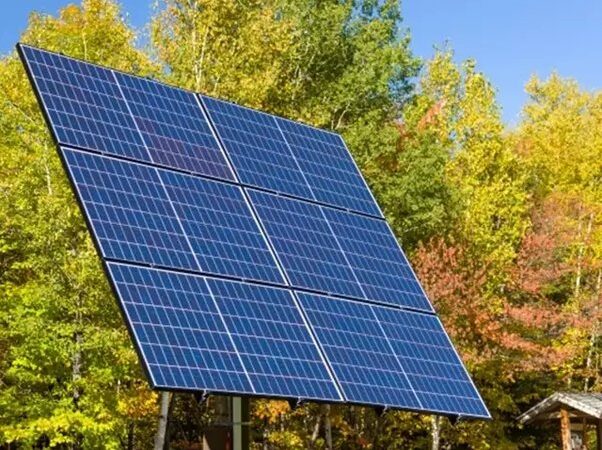
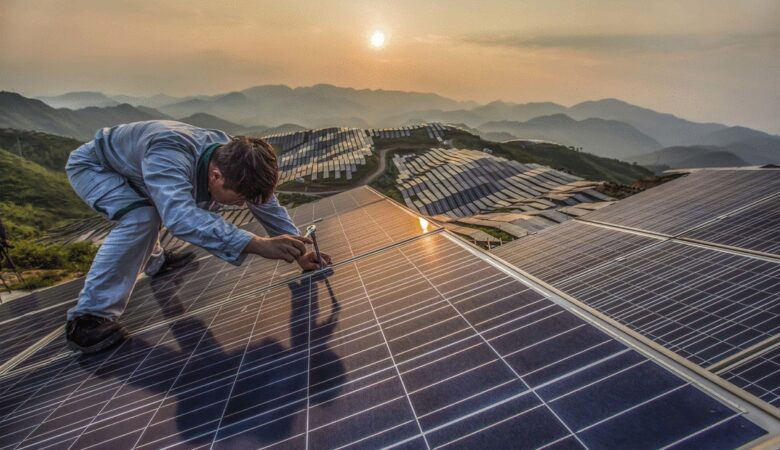
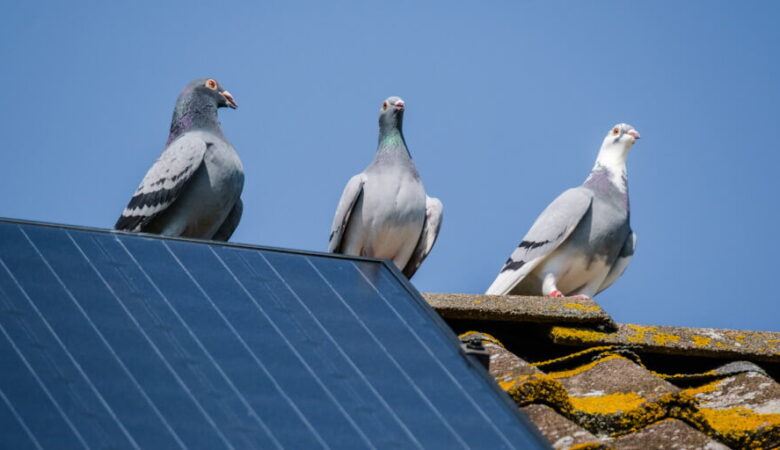
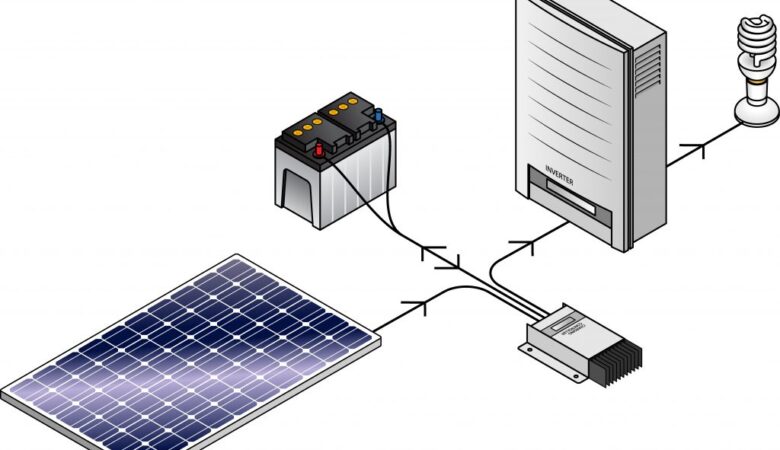
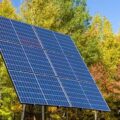

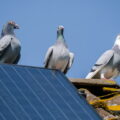
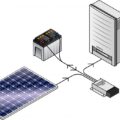
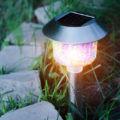
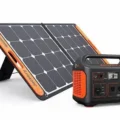
Leave a Reply